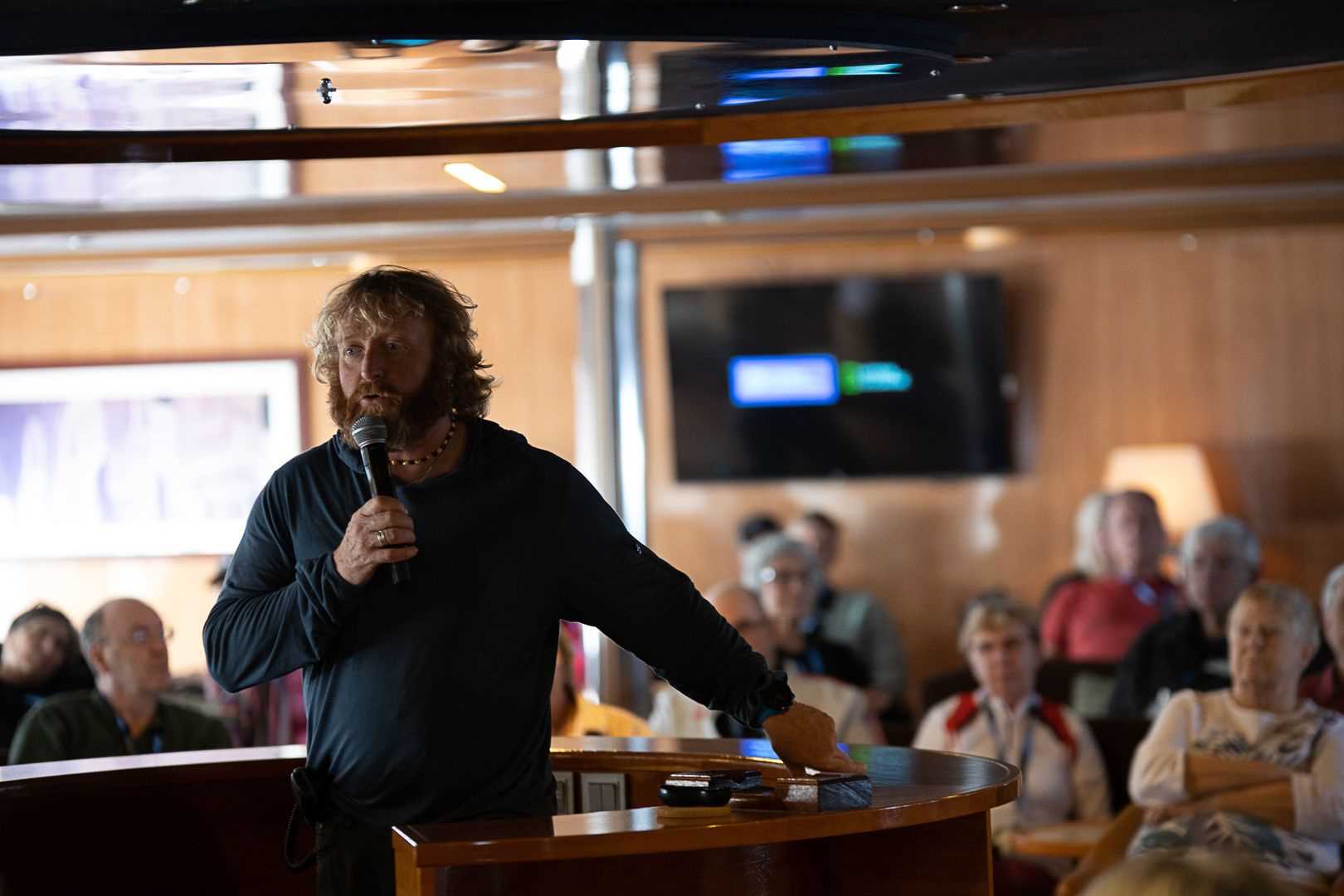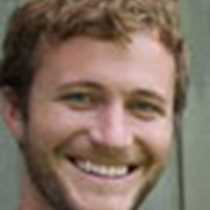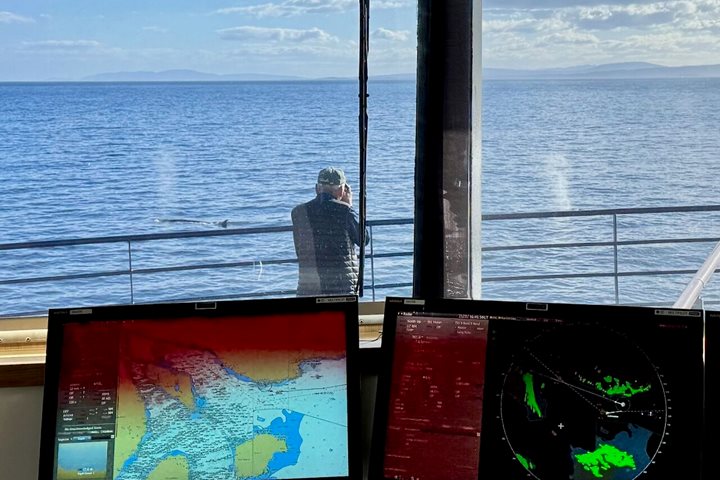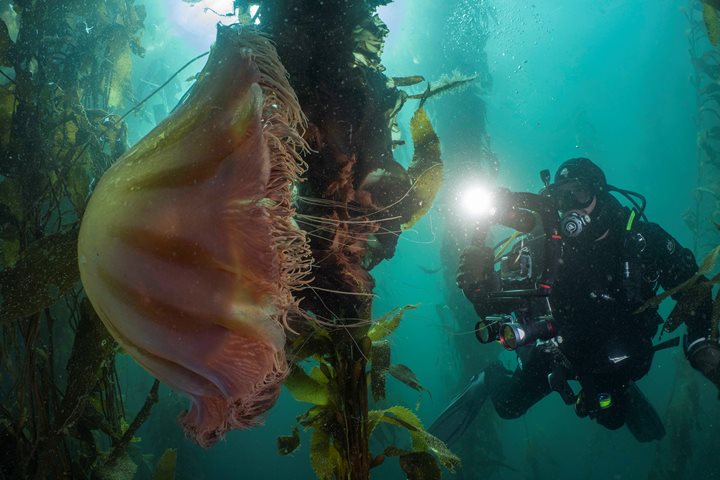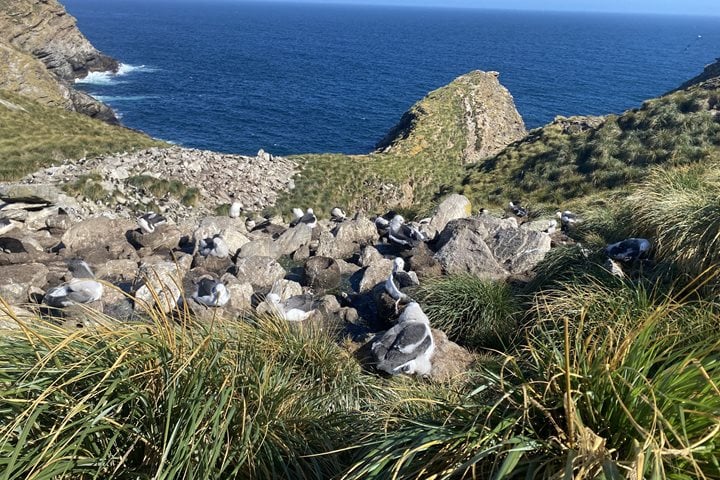South Georgia is a beautiful, remote oasis filled to the brim with exciting wildlife and wonderful plants. But this ecosystem is fragile and needs to be protected from the introduction of invasive species. To do our part to protect this special place, today we underwent a thorough decontamination protocol. We carefully cleaned all our belongings and removed any seeds clinging to our outerwear. We are now ready for South Georgia!
Call +1.800.397.3348 or contact your travel advisor

